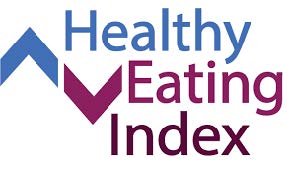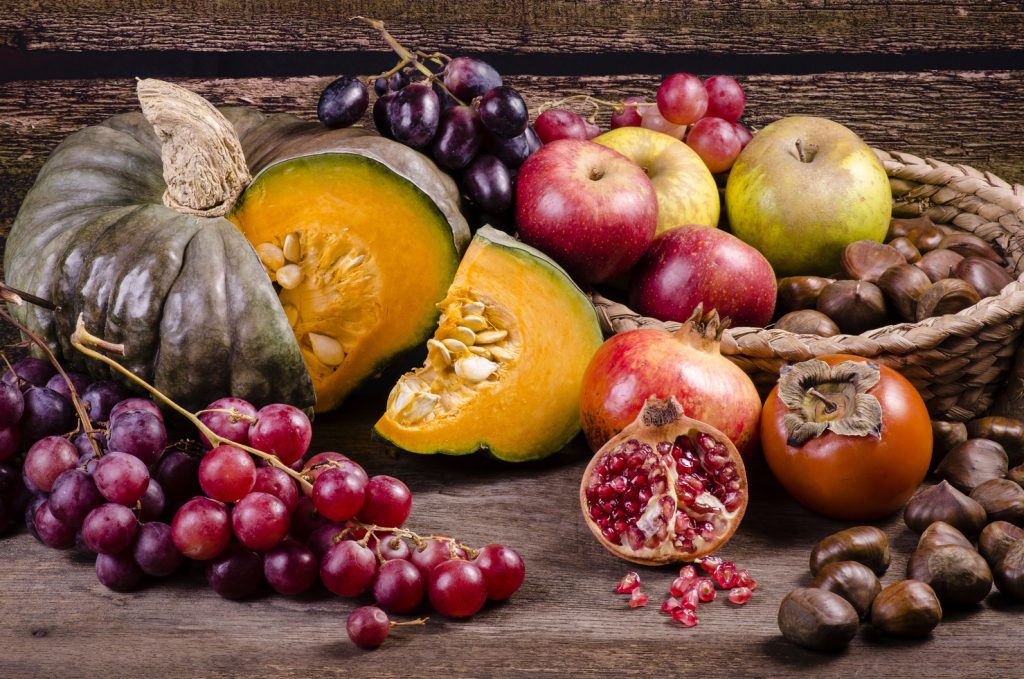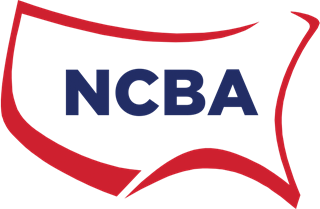
This edition contains the following articles:
- NEW NDSR Training Format and Option
- Website Pages to Orient You and Your Analyst to the Content of NDSR Output Files
- HEI Calculations in NDSR
NEW NDSR Training Format and Options!
We are excited to announce a new format for our NDSR Training program. For many years, our training has consisted of a live, two-day workshop, initially held in-person here in Minneapolis, MN, and more recently held via Zoom. Now we have two training options—an asynchronous training course, and an option to complete the asynchronous training plus a four-hour live interviewing practice session on Zoom. The asynchronous course alone may be a good option for anyone who wants to learn about NDSR but won’t be collecting 24-hour dietary recalls themselves (e.g., PIs, coordinators, and supervisors as well as anyone that will be using the software for menu planning, recipe analysis, or food record entry). The asynchronous course plus the live interviewing practice workshop is recommended for those who will be using NDSR to collect 24-hour dietary recalls, conduct Quality Assurance, or just want a deeper understanding of how NDSR works. It can be challenging to commit two full business days in a row to a training, so we expect that the new asynchronous format will make it easier for interested individuals to access the training program. The live interviewing practice workshops will be conducted in small group format several times throughout the year. Please see our Training and Certification page for more information. Registration is now open, and we recommend that you register 1-2 weeks ahead of when you want to start the asynchronous course to ensure that you have access to the course and other training materials. Questions? Contact NDSRtraining@umn.edu.

Website Pages to Orient You and Your Analyst to the Content of NDSR Output Files
We know that the wealth of data available in the many NDSR output files may appear daunting or confusing at first. Chapter 8 of the NDSR User Manual provides an overview of NDSR output and File Specifications. However, those who haven’t analyzed dietary data before may need more help in getting started. To meet this need, we provide an orientation to the content of the NDSR output files on our website. In addition to providing an easy-to-understand description of the content of output files, helpful tips are included along with answers to many common questions about data in the output files. We hope you find this useful, and we welcome ideas for improving this website content.

HEI calculations in NDSR
From our most recent client survey, we heard that some of you have questions about HEI calculations using NDSR. Here are two of the most common questions that came up along with their answers.
Question: I have dietary data in versions of NDSR prior to when the HEI output files were available. How can I calculate HEI scores for this data?
Answer: Good news! Projects that were created in NDSR 2013 or a subsequent version of the program using the record types of Recall, Record, and Record-assisted Recall may be restored in NDSR 2025 to obtain HEI 2015 output files. All editing of foods and amounts entered into these record types must be done in the database version used to create them, so make sure to complete all editing of foods and amounts before restoring intake record projects to NDSR 2025.
Once the project has been restored into NDSR 2025, the HEI project and record reports and HEI output files may be generated. You can generate the HEI reports and the output files on the project as you restored it, or you can move some or all of the records from the restored project into another project to combine them with records generated in other versions of NDSR. For more information on backing up projects and restoring projects into a newer version of NDSR, see Chapter 9 in the NDSR User Manual or the FAQ on our website under the heading Tips using NDSR.
If you have data in NDSR 2012 or earlier version of the program, check out the legacy SAS code on our website for HEI calculations.
Question: We want to generate HEI 2020 scores, but NDSR reports and output files are for HEI 2015. Could you update this?
Answer: The working group tasked with updating the HEI to align with the 2020-2025 Dietary Guidelines for Americans determined that no changes to the index were required aside from updating the name to ‘HEI 2020’. Consequently you can use NDSR HEI 2015 output files for HEI 2020 scores for dietary intake data and/or menus in NDSR. The HEI 2020 has the same index components and scoring criteria as the HEI 2015, so while the HEI output files and reports in NDSR are labeled as HEI 2015, they are the same as HEI 2020 scores.
If you would like to learn more about HEI and NDSR, you can reference our website and Appendix 24 of the NDSR User Manual. You can also feel free to reach out to our User Support at NDSRhelp@umn.edu.







